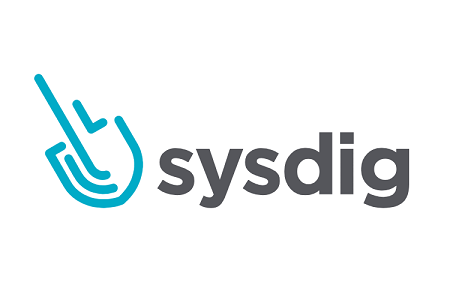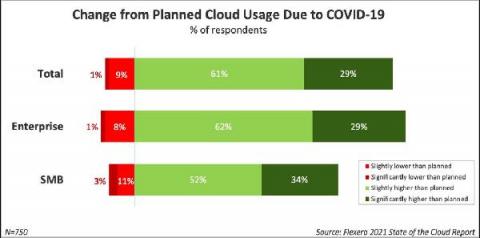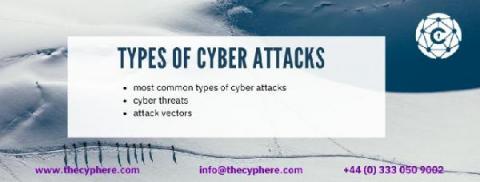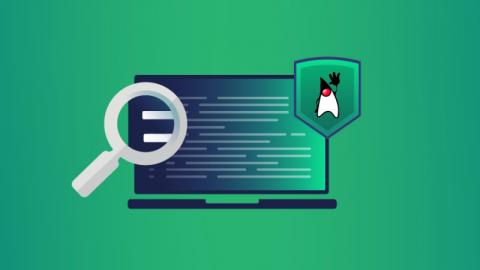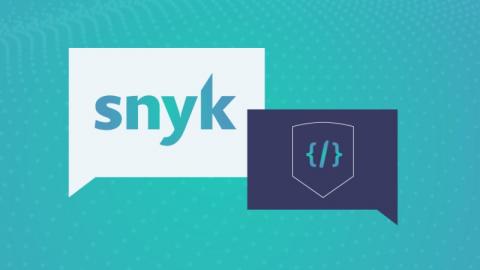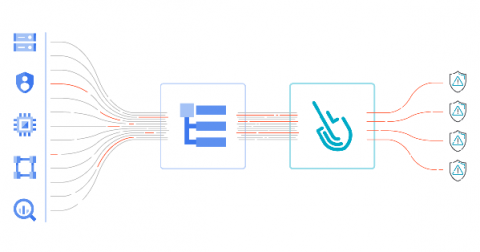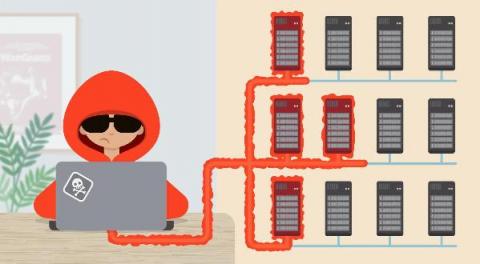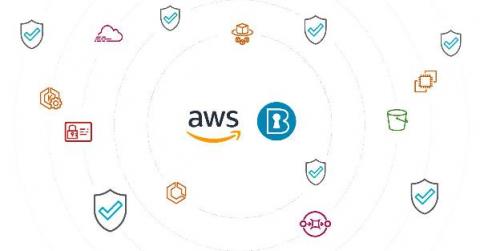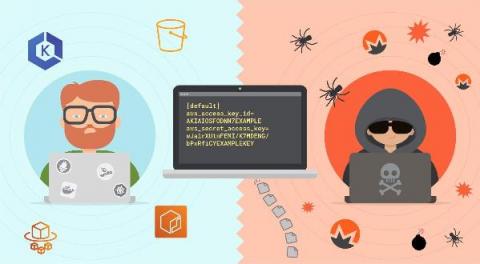Security | Threat Detection | Cyberattacks | DevSecOps | Compliance
Latest News
Azure security 101: Security essentials, logs, authentication, and more
“Where necessity speaks, it demands”. This old saying seems particularly apt right now with the pandemic forcing organizations to completely change the way they think about their IT networks. That rapid shift to remote work has resulted in a massive demand for cloud-based services.
What educational institutions need to do to protect themselves from cyber threats
Educational institutions are reaping the many benefits and new possibilities offered by online learning, but these new methods of educational instruction come with serious cyber security concerns. These institutions are also a prime focus for hackers because they often host a lot of sensitive data about teachers and students. Furthermore, schools and universities are an easy target because not every teacher or professor is technologically savvy.
Most common types of cyber security attacks (includes threats & attack vectors)
The cyber threat landscape evolves every day following the most basic to more advanced types of cyber attacks that makes daily headlines. It is due to data breaches, causing reputational, financial losses and regulatory penalties. Our aim with this article is to update the reader on various types and categories of cyber attacks that help them make informed decisions about their business to identify what is important and how it should be protected.
Preventing YAML parsing vulnerabilities with snakeyaml in Java
YAML is a human-readable language to serialize data that’s commonly used for config files. The word YAML is an acronym for “YAML ain’t a markup language” and was first released in 2001. You can compare YAML to JSON or XML as all of them are text-based structured formats. While similar to those languages, YAML is designed to be more readable than JSON and less verbose than XML.
Secure coding with Snyk Code: Ignore functionality with a twist
When scanning your code with our secure coding tool, Snyk Code might find all kinds of security vulnerabilities. And while Snyk Code is fast, accurate, and rich in content, sometimes there is the need to suppress specific warnings. Typical example use cases arise in test code when you explicitly use hard coded passwords to test your routines, or you know about an issue but decide not to fix it.
Detect suspicious activity in GCP using audit logs
GCP audit logs are a powerful tool that track everything happening in your cloud infrastructure. By analyzing them, you can detect and react to threats. Modern cloud applications are not just virtual machines, containers, binaries, and data. When you migrated to the cloud, you accelerated the development of your apps and increased operational efficiency. But you also started using new assets in the cloud that need securing.
Cloud lateral movement: Breaking in through a vulnerable container
Lateral movement is a growing concern with cloud security. That is, once a piece of your cloud infrastructure is compromised, how far can an attacker reach? What often happens in famous attacks to Cloud environments is a vulnerable application that is publicly available can serve as an entry point. From there, attackers can try to move inside the cloud environment, trying to exfiltrate sensitive data or use the account for their own purpose, like crypto mining.
AWS CIS: Manage cloud security posture on AWS infrastructure
Implementing the AWS Foundations CIS Benchmarks will help you improve your cloud security posture in your AWS infrastructure. What entry points can attackers use to compromise your cloud infrastructure? Do all your users have multi-factor authentication setup? Are they using it? Are you providing more permissions that needed? Those are some questions this benchmark will help you answer. Keep reading for an overview on AWS CIS Benchmarks and tips to implement it.
Unified threat detection for AWS cloud and containers
Implementing effective threat detection for AWS requires visibility into all of your cloud services and containers. An application is composed of a number of elements: hosts, virtual machines, containers, clusters, stored information, and input/output data streams. When you add configuration and user management to the mix, it’s clear that there is a lot to secure!


